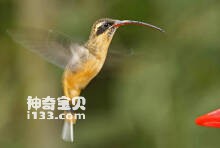
Phaethornis pretrei
Phaethornis pretrei,Planalto Hermit
Phaethornis pretrei and Planalto Hermit, whose specific habits are unknown.P···
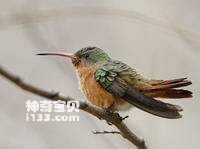
Phaethornis philippii
Phaethornis philippii,Needle-billed Hermit
Phaethornis philippii, or Needle-billed Hermit, is an unknown species.Protec···
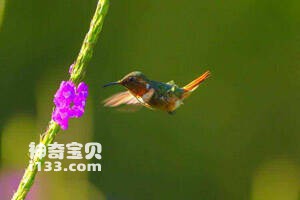
Phaethornis nattereri
Phaethornis nattereri,Cinnamon-throated Hermit
Phaethornis nattereri and Cinnamon-throated Hermit are unknown.Protect wild ···
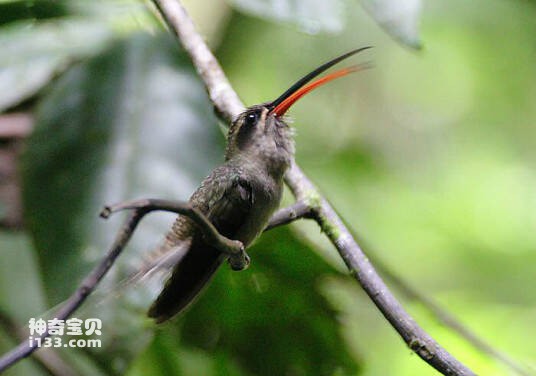
Phaethornis malaris
Phaethornis malaris,Great-billed Hermit
Phaethornis malaris, or Great-billed Hermit, is an unknown species.Protect w···
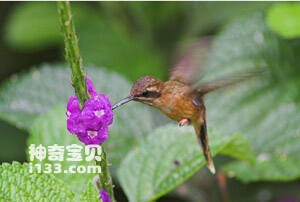
Phaethornis longuemareus
Phaethornis longuemareus,Little Hermit
Phaethornis longuemareus and Little Hermit, whose specific habits are unknow···
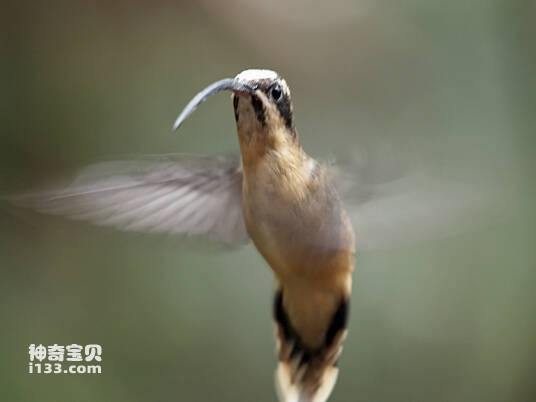
Phaethornis longirostris
Phaethornis longirostris,Long-billed Hermit
Phaethornis longirostris (Phaethornis longirostris) is a Long-billed Hermit,···

Phaethornis koepckeae
Phaethornis koepckeae,Koepcke's Hermit
The Hidden hummingbird (Latin name: Phaethornis koepckeae, English name: Koe···
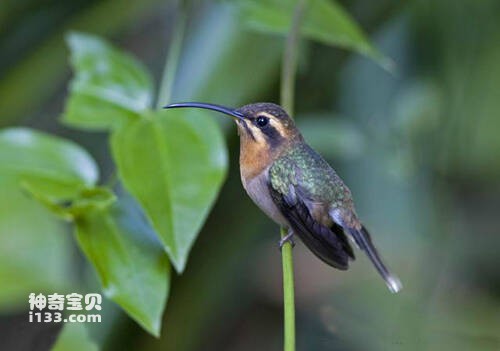
Phaethornis idaliae
Phaethornis idaliae,Minute Hermit
Its scientific name is Phaethornis idaliae, and its foreign name is Minute H···
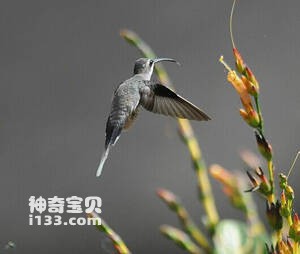
Phaethornis hispidus
Phaethornis hispidus,White-beared Hermit
Phaethornis hispidus, or White-beared Hermit, is an unknown species.Protect ···
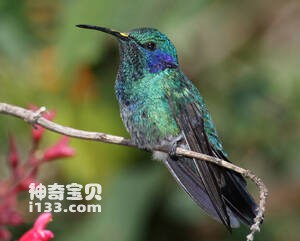
Phaethornis guy
Phaethornis guy,Green hermit
The Phaethornis guy, also known as the Green hermit, feeds mainly on the nec···
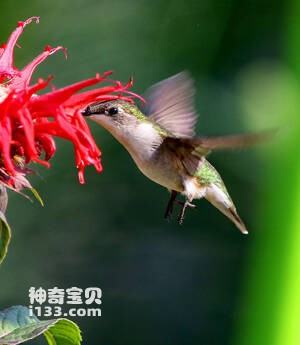
Phaethornis griseogularis
Phaethornis griseogularis,Gray-chinned Hermit
Phaethornis griseogularis (Gray-chinned Hermit) is an unknown species.Protec···
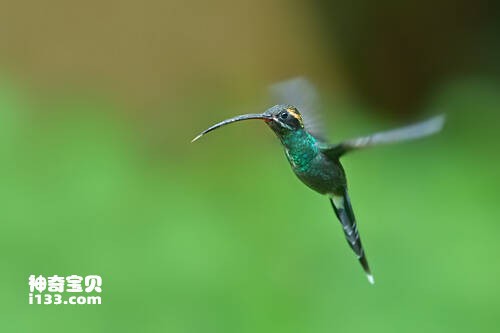
Phaethornis eurynome
Phaethornis eurynome,cale-throated Hermit
Phaethornis eurynome or cale-throated Hermit, whose specific habit is unknow···
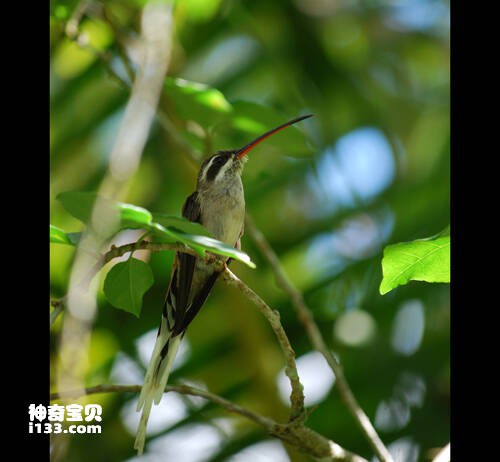
Phaethornis bourcieri
Phaethornis bourcieri,Straight-billed Hermit
Phaethornis bourcieri, or Straight-billed Hermit, is an unknown species.Prot···

Phaethornis augusti
Phaethornis augusti,Sooty-capped Hermit
Phaethornis augusti and Sooty-capped Hermit, whose specific habits are unkno···
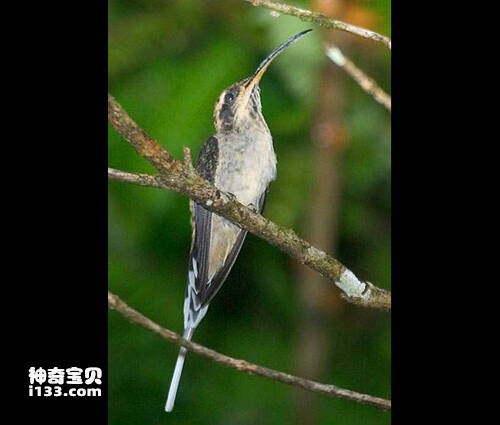
Phaethornis atrimentalis
Phaethornis atrimentalis,Black-throated Hermit
The Black-throated Hermit, Phaethornis atrimentalis, is an unknown species.P···
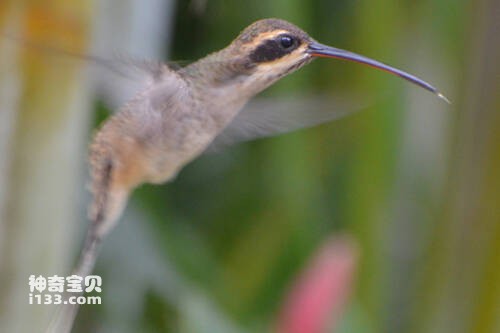
Phaethornis anthophilus
Phaethornis anthophilus,Pale-bellied Hermit
Phaethornis anthophilus and Pale-bellied Hermit are unknown.Protect wild ani···
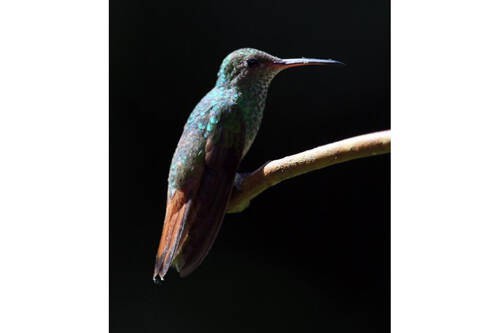
Phaethornis aethopygus
Phaethornis aethopygus,Tapajós Hermit
Phaethornis aethopygus, Tapajos Hermit, whose specific habits are unknown.Li···
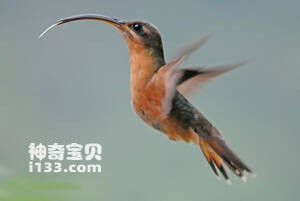
Glaucis hirsuta
Glaucis hirsuta,Rufous-breasted Hermit
The brown-breasted hummingbird is Glaucis hirsuta and Rufous-breasted Hermit···
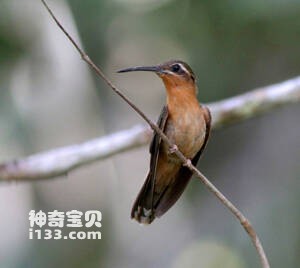
Glaucis dohrnii
Glaucis dohrnii,Hook-billed Hermit
Hook-billed copper hummingbird (Glaucis dohrnii) Hook-billed Hermit, no subs···
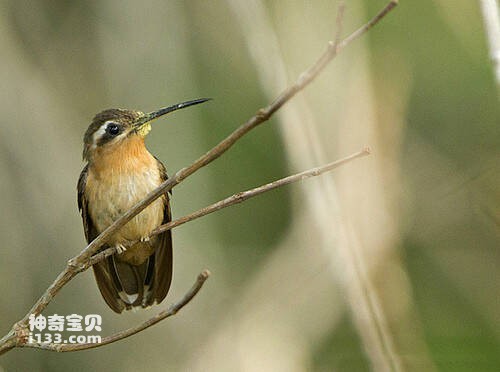
Glaucis aenea
Glaucis aenea,Bronzy Hermit
The bronze hummingbird's scientific name is Glaucis aenea, and its forei···
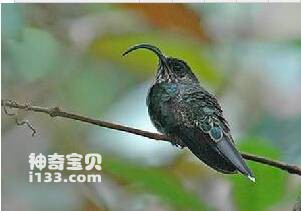
Eutoxeres condamini
Eutoxeres condamini,Buff-tailed Sicklebill
The yellow-tailed Sicklebill hummingbird (Eutoxeres condamini) is Buff-taile···
